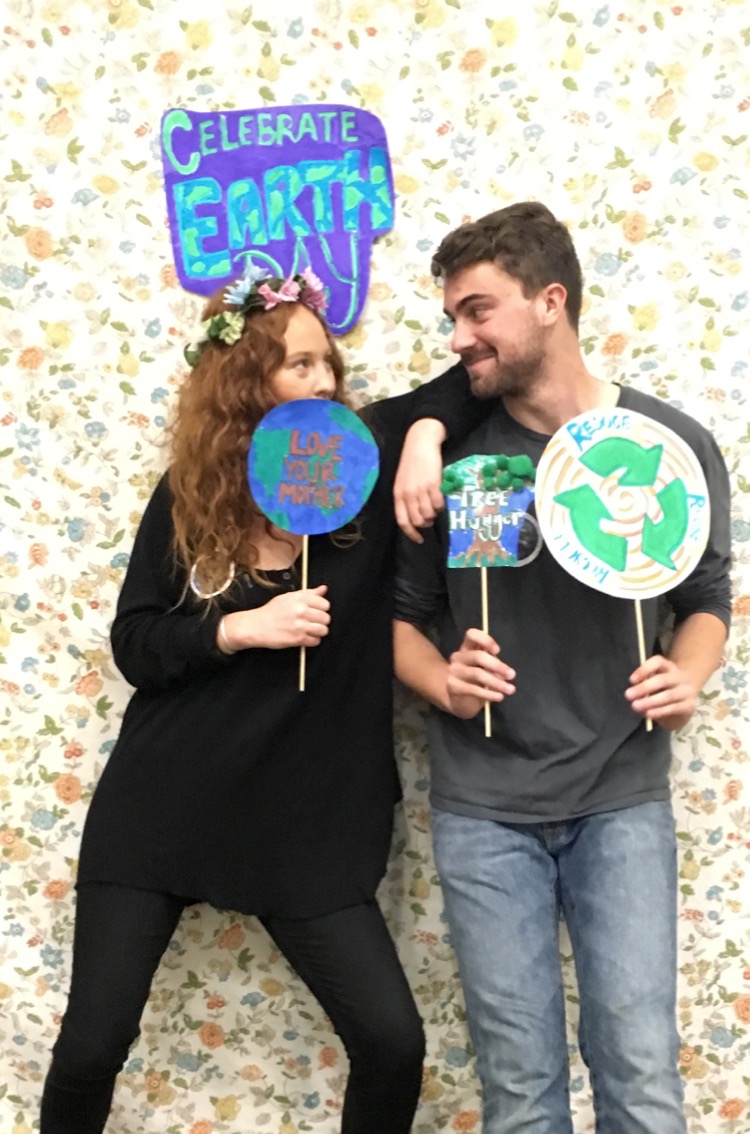So far this semester, I have been focusing on how the access to green space affects those who live around it in terms of their health and general wellbeing. This month, I did a small study of Austin and access to green space by neighborhood. I split up Austin into six neighborhoods.
I decided to define these areas easily by zip code so that it would be most efficient to count the complete amount of acreage of park space in each one. After calculating the total acreage of green space per neighborhood, I then estimated the population of these areas using demographics information from the city’s website. In my methodology, I excluded cemeteries and school parks as green space because 1) cemeteries are not recreational areas and 2) school parks cannot be used by everyone.
Neighborhoods-
- Downtown: Stretches from the lake to the South to the Capital Building to the North; Stretches from Mopac to 35 on the East and West; includes 78701 and 78703 zipcode
- South Austin: Lake to the north, Ben White to the South, 35 on the East and Mopac on the West side; includes only the 78704 zipcode
- Far South: Anything within City limits south of Ben White freeway; includes 78745, 78748, 78749, 78652, 78739
- East Austin: E MLK Boulevard as a northside barrier, 35 to the west, 183 to the East, the lake to the south; 78722, 78723, 78702, 78721
- Southeast Austin: describes to area between the lake, Ben White, 35 and 183; 78741, 78744, 78747
- Central and North Austin: stretches from the south ends of the UT campus, to 183 in the North, within the mopac/35 barrier 78757, 78752, 78756, 78751, 78705, 78712
Results:
Downtown green space-the north side of the Lady Bird Lake Hike and Bike trail (50 acres), the Capital grounds (58 acres), republic square (2), Wooldridge square (2), waterloo neighborhood park (10), House park (1), Palm park (2)–> total acreage of 134
Total population of this area- 30,000
Park space per resident estimate- .0044 acres/person
South Austin green space- Auditorium shores (48), Zilker metropolitan park (380), Barton Creek Greenbelt (832), Ricky Gerrero Park (2), Blunn Creek Nature Preserve (39), Gillis Park (8), Big & Little Stacy Parks (11)–> total acreage of 1320
Total population of South Austin- 45,000
Park space per resident estimate- .0293 acres/person
Far South green space-Mary Moore Metropolitan Park (342), Baurle Ranch Park (319), Circle C Ranch (573), Land Bird Johnson Wildflower Center (279), Stephenson Nature Preserve (147), Garrison Park (40), South Hills Conservation Area (65), Sunset Valley Nature Area (64) –> total acreage of 1829
Total Population of Far South Austin-100,000
Park space per resident estimate- .018 acres/person
East Austin Green Space- Boggy Creek Greenbelt (50), Comal Pocket Park (1), Metz Park (7), Festival Beach Park (73), East Boggy Creek Greenbelt (75), Govalle Park (27), Springdale Park (17), Givens Park (42) –> total acreage of 292
Total Population of East Austin-50,000
Park space per resident estimate- .00584 acres/person
Southeast Austin green space- Roy G. Guerrero Park (400), Colorado River Wildlife Sanctuary (43), Civitan Park (7), Mabel Davis District Park (54), Country Club Creek Greenbelt (incl. in Mabel Davis)–> total acreage of 504
Total Population of Southeast Austin-60,000
Park space per resident estimate- .008 acres/person
Central and North Austin green space- Pease Park (43), Shoal Creek Greenbelt (76), Eastwoods Neighborhood Park (10), Shipe Park (2), Brentwood Neighborhood Park (8), Beverly Sheffield District Park (31), Wooten Neighborhood Park (7) –> total acreage of 195
Total Population of Central/North Austin – 100,000
Park space per resident estimate- .00195 acres/person
In order from greatest amount of green space available per person to the least amount of green space: South, Far South, Southeast, East, Downtown, Central/North Austin
Conclusions:
Austin has long been celebrated by conservationists for its progressive policies to conserve natural areas throughout the city’s limits. Some of Austin’s favorite events, such as Fun Fun Fun Fest and Austin City Limits Music Festival, depend on our park space to host such events. These events provide a great economic boost to local communities, especially those who participate in the sharing economy. However, it’s obvious to me based on my estimates from this study that the City of Austin has not completely succeeded in their conservation efforts.
Access to green space in Austin is entirely dependent on what zip code you reside in. The most populated areas in the city, Downtown and Central/North Austin have abysmal amounts of parks and natural areas. As shown in my other blogs, green space is good for the safety, health, and culture of its neighborhoods.
In the 1990s, Austin began buying up empty land to be put towards either Watershed protection land or simply conservation areas. Many of these lands are part of the Balcones Canyonland Refuge which is home to a couple endangered species such as the Golden Cheeked Warbler, Black capped Virio, and the Barton Creek Salamander. In 2016, the City of Austin must again address this green space disparity and start purchasing empty lots with the end goal of increasing the amount of park space per resident.
Endangered species are certainly of utmost importance but so are recreational opportunities for Austin’s people. I would suggest that the city of Austin focus its efforts on East Austin. Both Downtown and Central/North Austin are almost entirely built to their limits. East Austin is going through a transitional period where many houses and properties are being bought by consumers to make larger houses, often pricing out the local community. The City of Austin should at least step in where it can to preserve this beautiful part of town.







